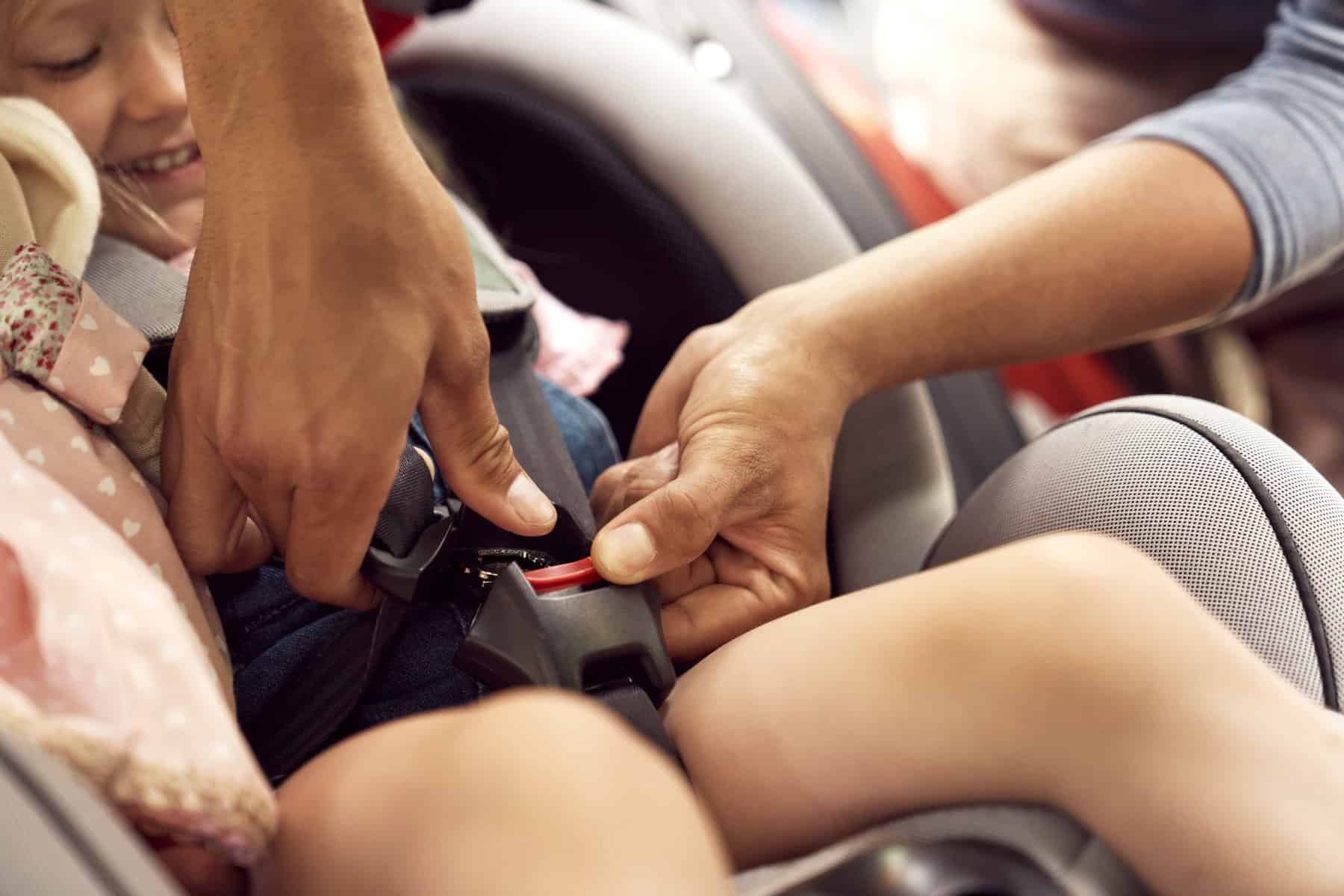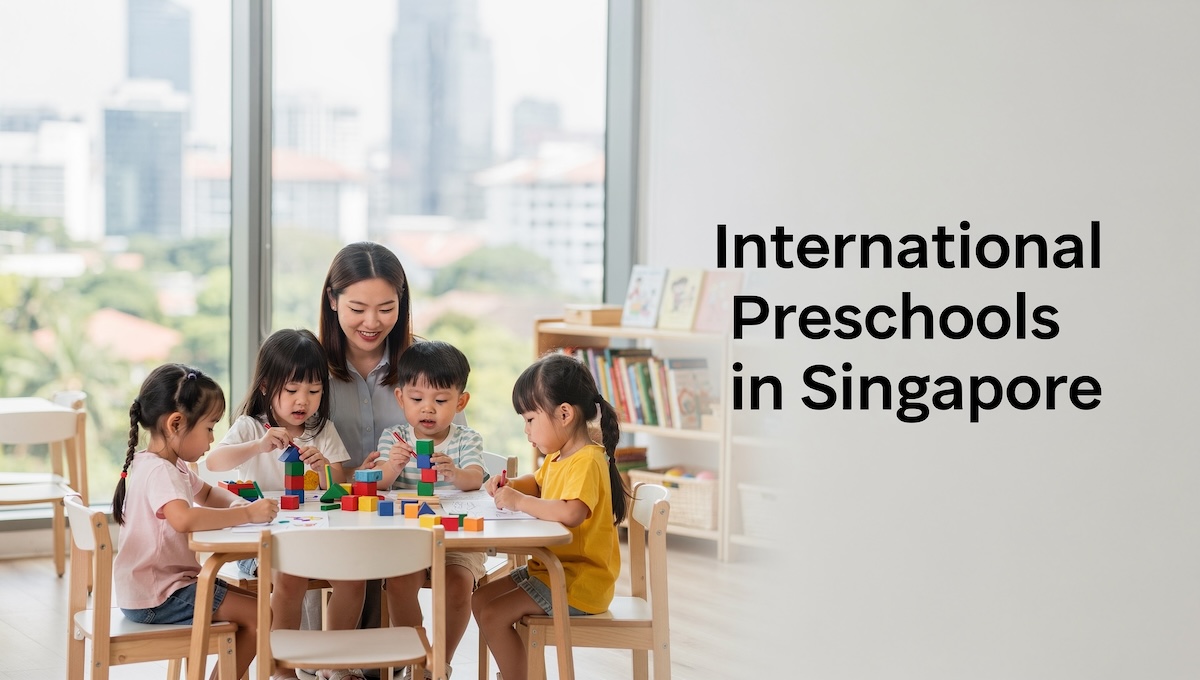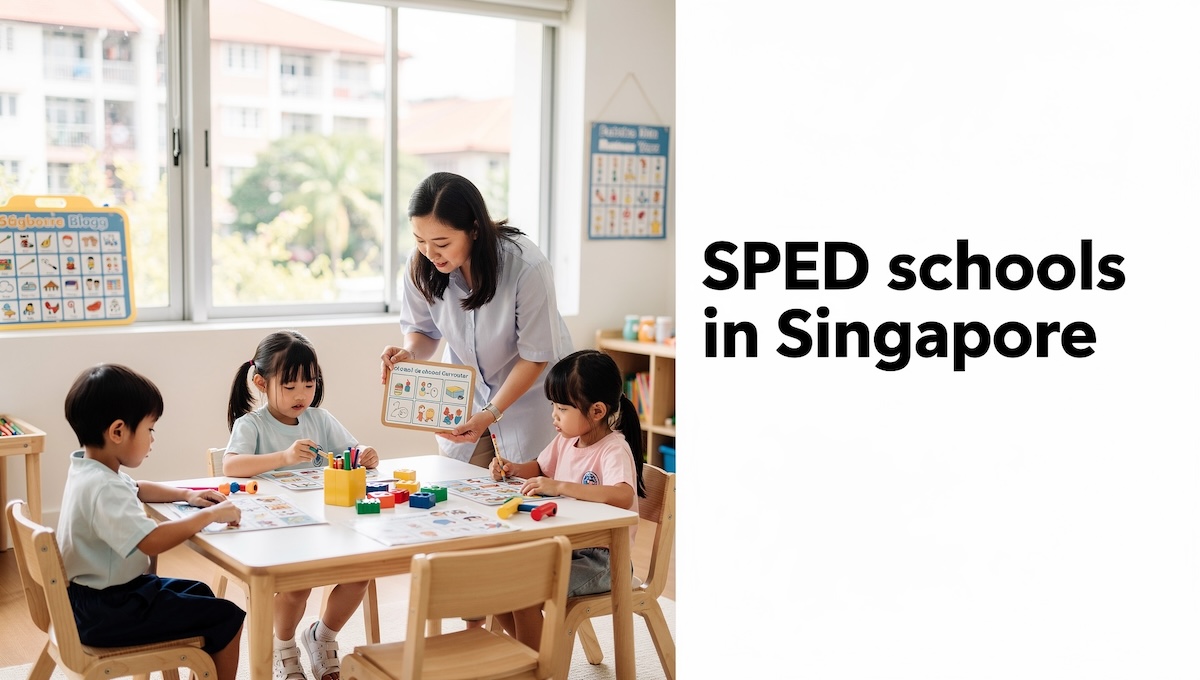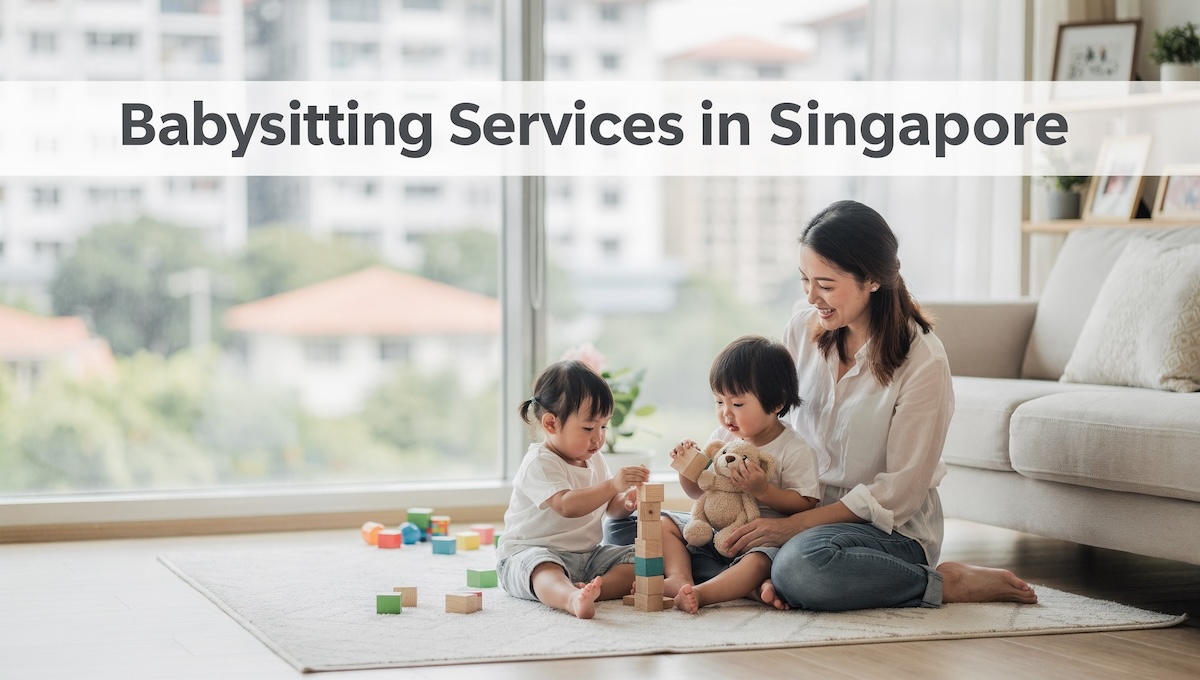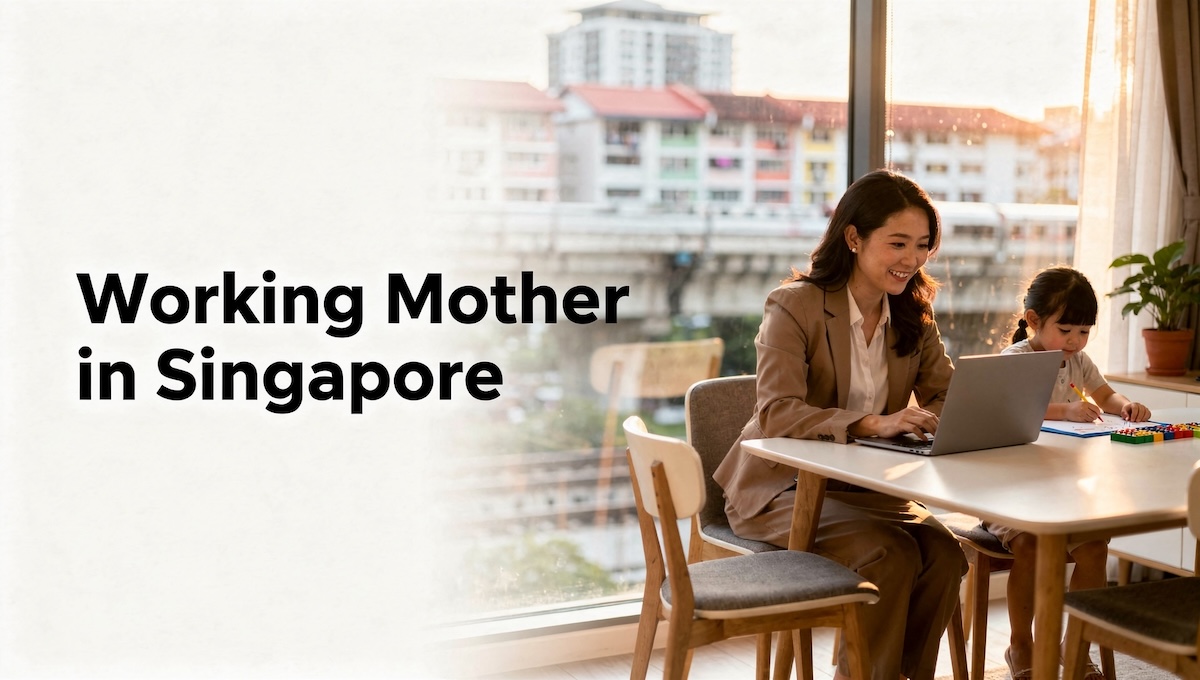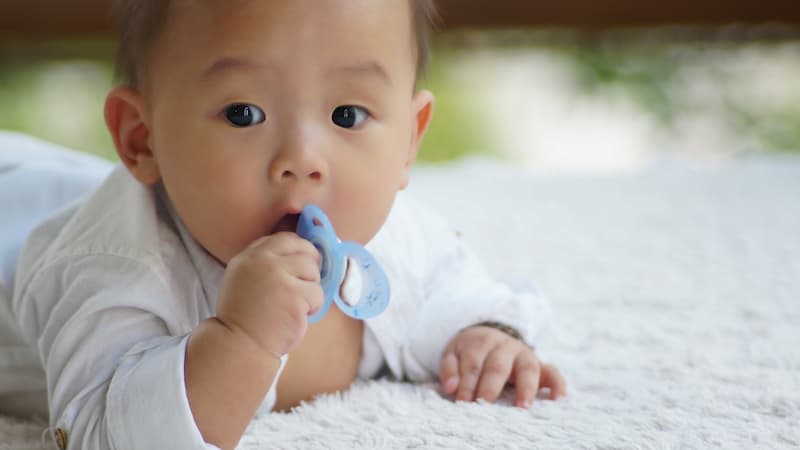You’d think strapping your child into a car seat is a no-brainer, right? But in Singapore, it’s more than just buckling up. It’s about understanding and adhering to stringent safety rules.
Without them, you’re not just risking a hefty fine, but more importantly, your precious one’s life.
Let’s dive into the world of baby car seat safety rules, learn about safety ratings, international standards, and how to choose the best car seat for your little one.
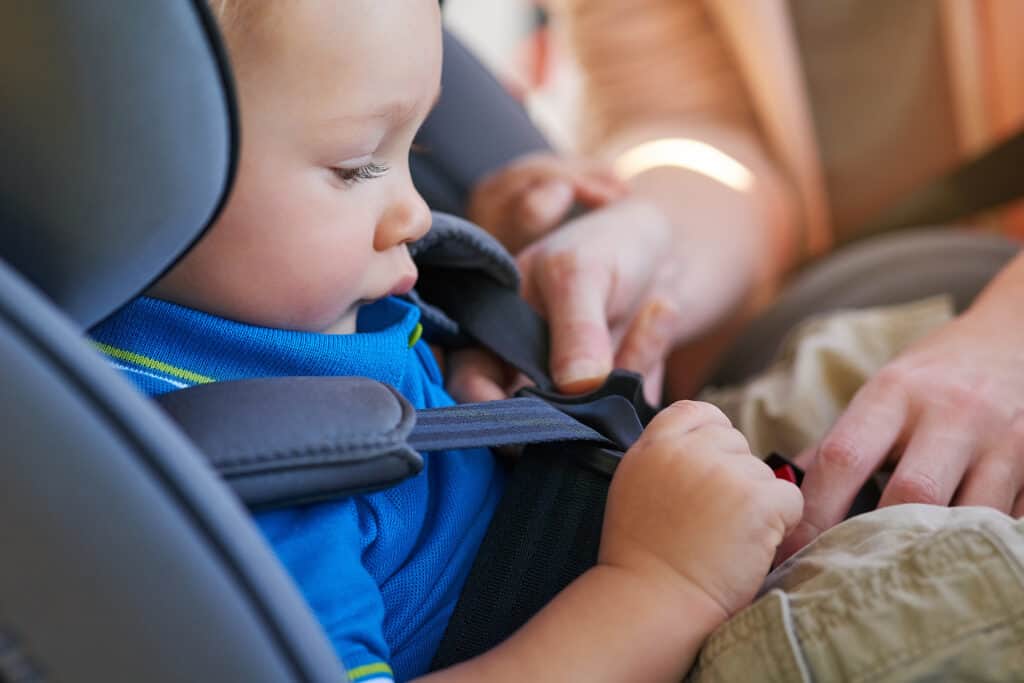
Why Baby Car Seat Safety Rules Are Important
Understanding the significance of baby car seat safety rules is crucial. This includes considering the alarming statistics on child road traffic injuries. Adhering to regulations is important, but it is also about ensuring your child’s safety during transit. The government’s initiatives in this area further underscore the importance of these rules. They are aimed at protecting our young ones.
Statistics on Child Road Traffic Injuries
You might be shocked to learn that a staggering 94% of children in Singapore aren’t safely secured in cars, highlighting the critical importance of adhering to baby car seat safety rules.
The Singapore Traffic Police and the KK Women’s and Children’s Hospital reported 3,562 child road traffic injuries between 2012 to 2020. While less than 1% resulted in death, a significant 33% necessitated hospital admission. These severe injuries underscore the need for stringent adherence to road safety regulations.
Only 6.1% of children are placed in appropriate child restraint seats, a glaring negligence that needs immediate rectification. Remember, correct use of child car restraints can cut the incidence of death in road accidents by 50 to 70%.
Let’s safeguard our children.
Government Initiatives
The government of Singapore is taking serious initiatives to ensure your child’s safety in vehicles, highlighting the paramount importance of adhering to baby car seat safety rules.
These government initiatives, enforced by the Singapore Traffic Police, mandate the strict compliance to road safety regulations required for child safety.
The Land Transport Authority has set in place regulations that make it compulsory for all children under 1.35 metres in height to be secured in approved child restraints when travelling in vehicles.
Non-compliance can lead to hefty fines or demerit points. The message is clear: your child’s safety is non-negotiable.
Baby car seat regulation in Singapore
In Singapore, the regulation of baby car seats isn’t based on age, but rather on height. If you fail to comply, you’ll be subject to legal penalties, which we’ll discuss later.
Even when you’re riding in taxis, there are specific rules you need to be aware of, so let’s examine these regulations more closely.
Height not age
Instead of focusing on age, it’s your child’s height that determines the appropriate baby car seat regulations in Singapore. The Ministry of Health guidelines, coupled with international standards, emphasize that child car seats are essential for road safety.
If your child is less than 1.35m tall, they need to be in child safety seats, irrespective of their age. This is because adult seat belts are designed for individuals taller than 1.35m. Using a child safety seat ensures that the seat belt fits your child properly, providing vital protection in case of an accident.
It’s crucial to prioritise child safety and adhere to these guidelines, ensuring your little one’s well-being on the roads.
Legal Penalties
Failing to adhere to baby car seat safety rules in Singapore can result in severe penalties for both drivers and passengers. Under the road traffic act, drivers who fail to ensure child car seat safety can face a composition fine of $150 and receive 3 demerit points. If charged in court and convicted, the penalty can escalate to a fine not exceeding S$1,000 or imprisonment for a term not exceeding 3 months. For repeat offenders, the fine can increase up to S$2,000, or imprisonment for up to 6 months.
Adult passengers who neglect to buckle up can also face a hefty fine of $150. The Singapore Police Force is vigilant in enforcing these rules to ensure the safety of all passengers, especially our youngest ones.
Taxis
While you won’t face penalties for not using a baby car seat in taxis, it’s essential to note that children under the height of 1.35m are required to ride in the rear of these vehicles for safety reasons.
Even though taxis are exempt from child safety seat requirements, many taxis provide car seats to ensure the safety of young passengers. Whenever available, you should always use these car seats to enhance your child’s safety. Make sure you know how to secure the child car seat correctly in the passenger seat for maximum protection.
Additionally, consider using private hire cars, which allow you to request specific child restraints or booster seats in advance, further ensuring your child’s safety during the journey.
Baby Car Safety Ratings
In evaluating the safety of baby car seats, you’ll find that safety ratings play a crucial role. These ratings, based on rigorous tests and standards, are an indispensable tool to help you make an informed decision.
Understanding baby car safety ratings is essential in complying with baby car seat safety rules in Singapore. The ratings evaluate different aspects of car safety, including crash protection and ease of use. Crash protection rates how well the seat can protect your child in case of an accident, while ease of use evaluates the clarity of the instructions, the ease of installing and adjusting the seat, and the simplicity of securing your child.
Child car seats that have higher ratings are generally safer and more user-friendly. However, it’s important to remember that even the highest-rated seat won’t provide optimal protection if it’s not installed correctly or if it’s not the right fit for your child’s age, weight, and height.
Therefore, while safety ratings are a valuable guide, they shouldn’t be the sole factor in your decision-making process. Always consider your child’s specific needs, your vehicle’s characteristics, and your personal comfort with the seat’s features and installation process.
Singapore does not have it’s own baby car seat safety ratings standards but approves of International safety standards from US, UK, Australia and Japan.
International Safety Standards
Now that you’re familiar with the importance of safety ratings, let’s delve into the recognized international safety standards for baby car seats. These standards are enforced by various global organizations and are crucial to ensuring your child’s safety while on the road.
The American Standard FMVSS 213 is one such benchmark, focusing on child restraints and car seats’ performance in crash tests. Similarly, the British Standards B.S. 3254: Part 2: 1988, B.S. AU 202a: 1988, or B.S. AU 185: 1983 also provide guidelines for car seats, including their design and construction.
The Australian Standard AS 1754-1975 and its subparts discuss child restraints’ specifications, including those for approved adjustable seat belts. The European Standard ECE R44, on the other hand, defines the technical requirements for child safety equipment, including car seats.
Lastly, the Japanese Standard JIS D0401-1990 also governs the regulations for child restraint systems.
Baby Car Seat Buying Guide
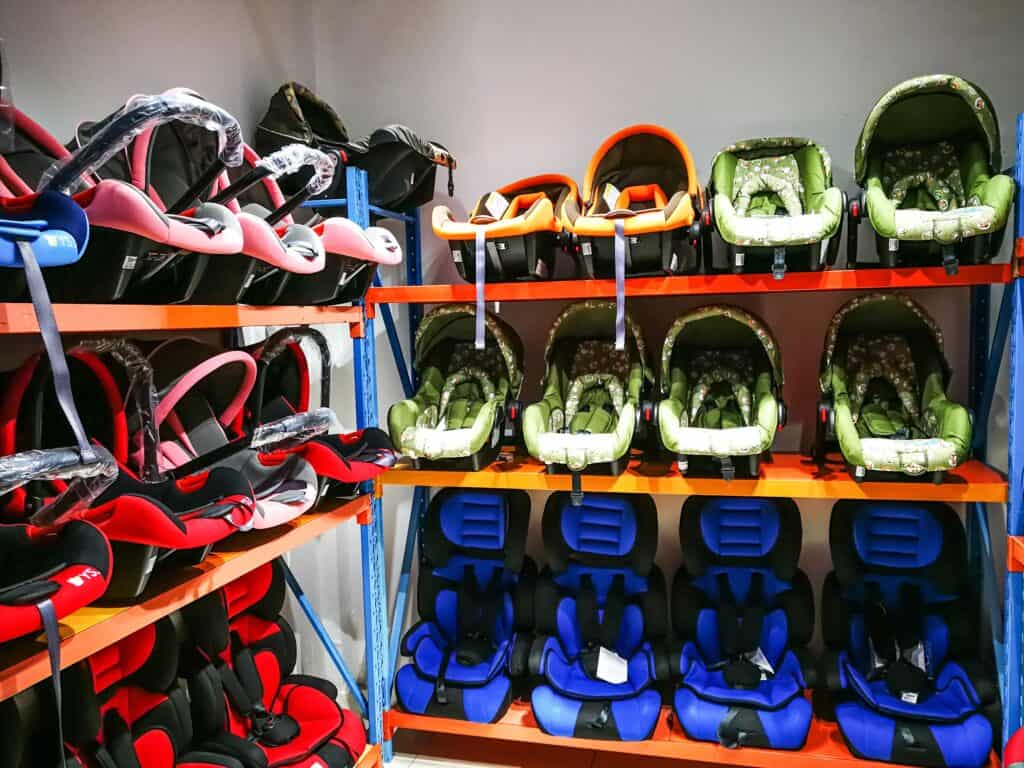
After brushing up on the international safety standards, you’re ready to dive into choosing the perfect car seat. Let’s start with some key factors to consider to make a smart purchase.
This baby car seat buying guide will assist you in understanding what to look for when shopping for the best car seat for your baby in Singapore.
First, ensure the car seat adheres to the baby car seat safety rules in Singapore. The seat should meet or exceed regulations for impact protection and safety features.
Next, think about the size of your car. Not all car seats fit all vehicles, so it’s important to check the dimensions and consider the space you have available.
Lastly, consider the ease of installation and use. The best car seat is one that you can install and adjust correctly each time, as this greatly enhances safety.
You can read more in our baby car seat buying guide article here.
Common Mistakes Singaporean Parents Make About Baby Car Seats
Using baby car seats properly is crucial to protecting your child on the road. However, many Singaporean parents make mistakes when it comes to car seat safety. Here are some of the most common errors to avoid:
Not Tightening Harness Straps
The wide harness straps made of seat belt webbing are key to restraining your child in a crash. Straps should lie flat and snug against the body, with no more than two fingers’ width of space at the shoulder. Loose straps can allow too much movement.
Improper Positioning of the Crotch Strap
On a 5-point harness, the crotch strap needs to be adjusted so the hip belt sits low across the pelvis for optimal protection. An ill-positioned crotch strap can result in abdominal or spinal injuries.
Not Reading the Manual
Each car seat has specific installation and harnessing instructions. Failing to read the manual can lead to incorrectly securing the seat, greatly reducing its crash protection.
Keeping Children in Seats Too Long
Children should remain in car seats until the midpoint of their ears reaches the top of the seat. This protects the head and neck. Prematurely graduating to seat belts leaves them vulnerable to injury.
Not Using Recommended Seats by Age
KK Women’s and Children’s Hospital advises using rear-facing seats up to age 2, then front-facing seats until at least age 5. Booster seats should be used until children are over 1.4m tall for proper seat belt positioning.
Inappropriate Booster Seat Use
When in booster seats, a child’s head should not bend backwards over the top, or the seat belt will not restrain properly in an accident. Always follow age and height guidelines.
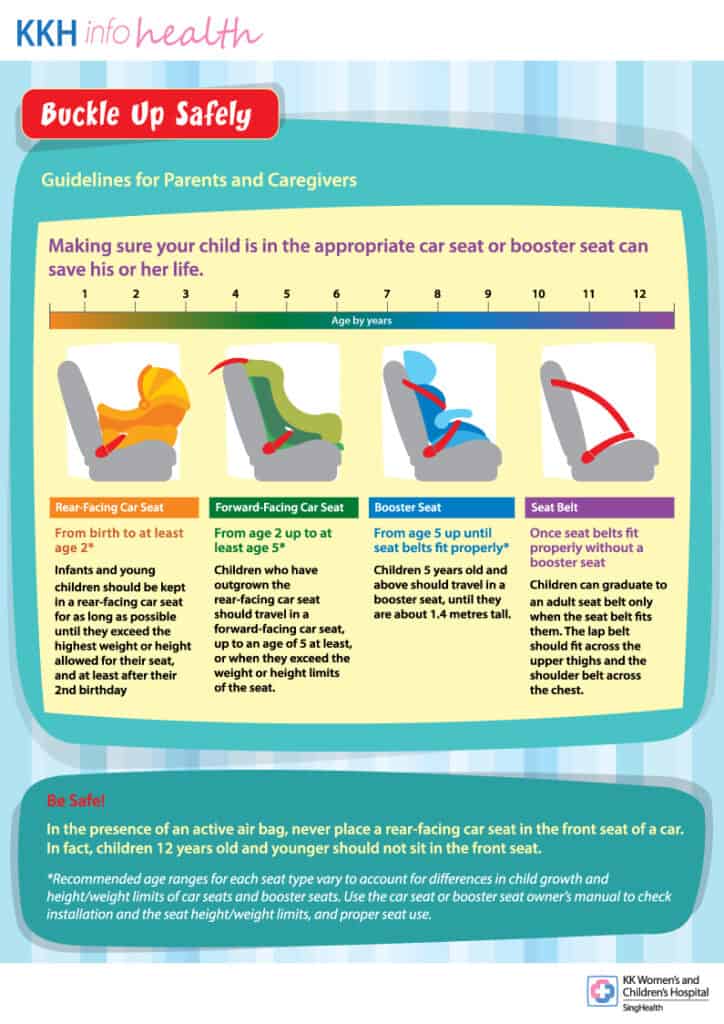
Frequently Asked Questions
How Long Can My Baby Stay in a Car Seat During a Long Journey?
During long journeys, it’s best not to keep your baby in their car seat for more than 2 hours at a stretch. Always take breaks to let them stretch and change their position for comfort.
What Should I Do if My Baby Doesn’t Like Being in the Car Seat?
If your baby isn’t fond of the car seat, try distracting them with toys or music. Ensure the straps aren’t too tight but still secure. Sometimes, a familiar blanket or comforter can help soothe their unease.
Conclusion
In conclusion, you’re responsible for your baby’s safety on the road. Singapore’s laws, international standards, and safety ratings guide you, but it’s your duty to follow them.
Remember, buying the right car seat is crucial, but using it correctly is even more so. Master the rules, heed the ratings, respect the standards, and protect your precious cargo.
Because in the end, your child’s safety is the ultimate investment.
